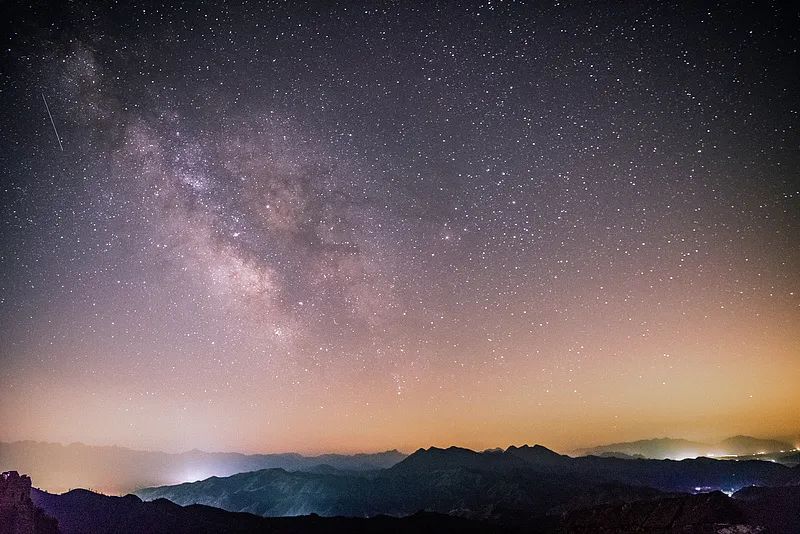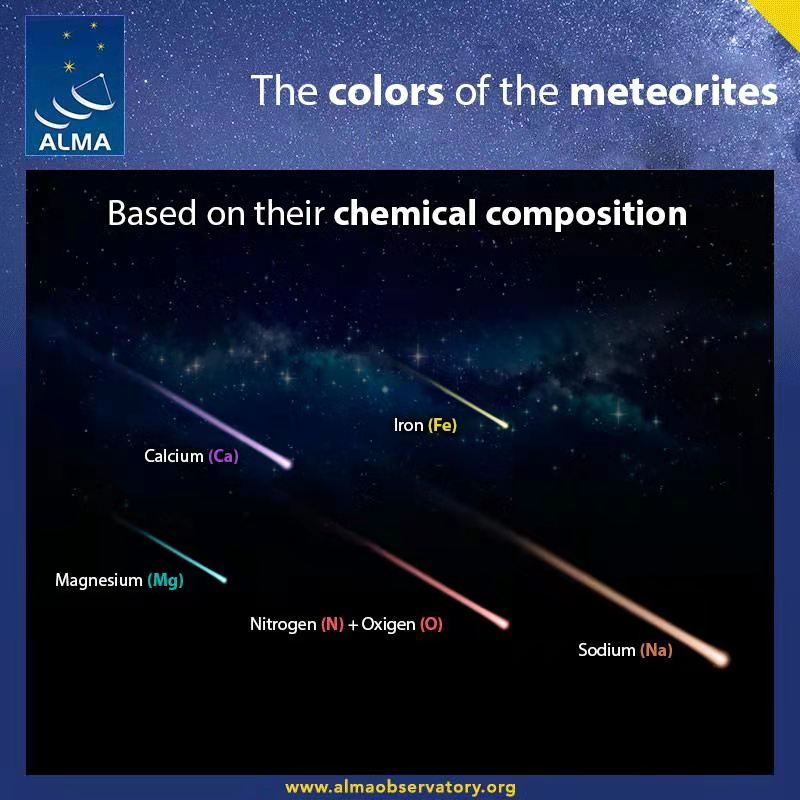Each April, Earth passes through a stream of cosmic debris left by Comet Thatcher, giving rise to the Lyrid meteor shower, one of the oldest recorded meteor showers in human history. With a legacy of over 2,600 years, this celestial event continues to dazzle observers with fast, bright meteors and the occasional fireball streaking across the sky.
This year, the Lyrids are expected to peak on the nights of April 22-23, continuing into the early hours, with the best viewing between midnight and dawn.
When and Where to Watch
Peak time: Around 9:00 PM on April 22-23, with ideal viewing after midnight
Best location: Dark, open areas away from city lights, rural Hainan, mountain tops, and coastal areas are great options
Equipment needed: None. Just your eyes, a blanket or chair, and patience. For photography, bring a camera and tripod.
Pro tip: Don’t stare only at the radiant near Vega in the Lyra constellation, meteors can appear anywhere in the sky.
What You’ll See

The Lyrids typically produce 10–20 meteors per hour under dark skies. While this isn’t the most prolific shower, what it lacks in quantity, it makes up for in brightness.
Some Lyrids produce fireballs, exceptionally bright meteors that can cast shadows or leave glowing trails known as persistent trains. These meteors hit our atmosphere at 47 km per second, causing friction that lights them up in colorful bursts of white, green, orange, or purple depending on the minerals burning off.

A Glimpse Into Space History
The Lyrids trace their origin to Comet C/1861 G1 (Thatcher), which orbits the Sun once every 415 years. As the comet nears the Sun, it sheds icy dust and particles that linger in its orbital path. When Earth intersects this debris stream each April, we get a light show that’s been observed since at least 687 BCE, first recorded by Chinese astronomers.
Meteor Showers vs. Storms: What’s the Difference?
Meteor: A single space particle burning up in Earth’s atmosphere.
Meteor shower: Many meteors, all seeming to come from the same point in the sky (the radiant).
Meteor storm: A rare and intense outburst of over 1,000 meteors per hour, the Lyrids occasionally surprise with these, like in 1803 and 1982.
Can You See Meteors in Daylight?
Yes, but it’s tricky. Some showers, like the Sextantids, peak during daylight and require special equipment to observe. But most showers, including the Lyrids, are best enjoyed under the stars.
Meteor showers are nature’s most accessible astronomical event. No telescopes needed, just find a dark spot, lie back, and watch time and space collide overhead.
Related article: How Old Is the Oldest Tree in Hainan?









